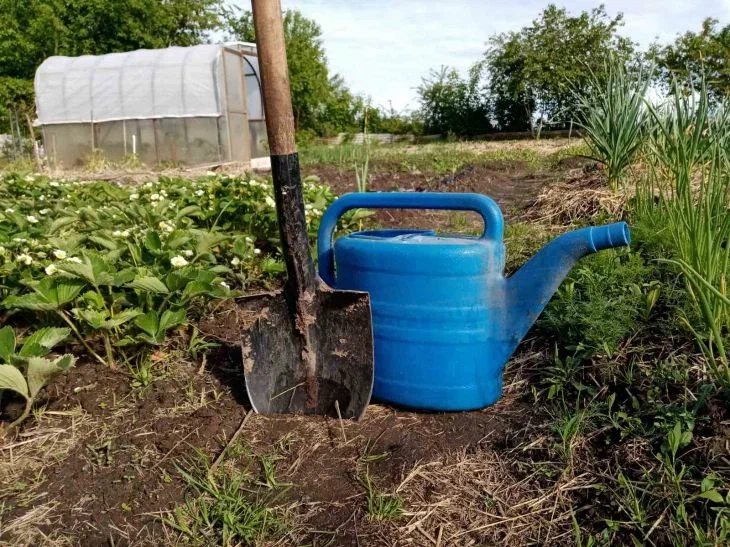How to Save Garden Beds after Heavy Rains: Advice for Summer Residents
Prolonged rains can ruin harvest plans, as can their lack. Here we can draw an analogy with improper watering, when summer residents flood their plants.
Only prolonged heavy rains can not only flood the beds. They wash out useful substances from the soil, and also pose a risk of developing fungal diseases.
Let's find out how to save garden beds after several days of heavy rains.
Let's say right away - digging ditches to drain water will not be enough.
How to proceed
1. After the water has drained, it is necessary to carry out preventive treatment of the plantings against late blight, powdery mildew and other fungal diseases.

For this purpose, you can use biological preparations without fear.
2. High humidity creates another threat – pests.
For many insects, this is a favorable environment. And along with this, the risk of spreading diseases carried by parasites increases.
In this case, it is better to use insecticides to protect the crop.
3. The next important point is the application of fertilizers, since any precipitation, especially prolonged and intense, washes out nutrients from the soil.
In this case, the lack of nitrogen can be replenished with urea (50 g per 10 liters of water), ammonium nitrate (100 g per 10 liters of water). Potassium can be added using potassium sulfate (30-40 g per 10 liters of water).
And finally, summer residents are advised to loosen the soil to prevent a crust from forming.
Earlier we told you what every gardener should do in July .
